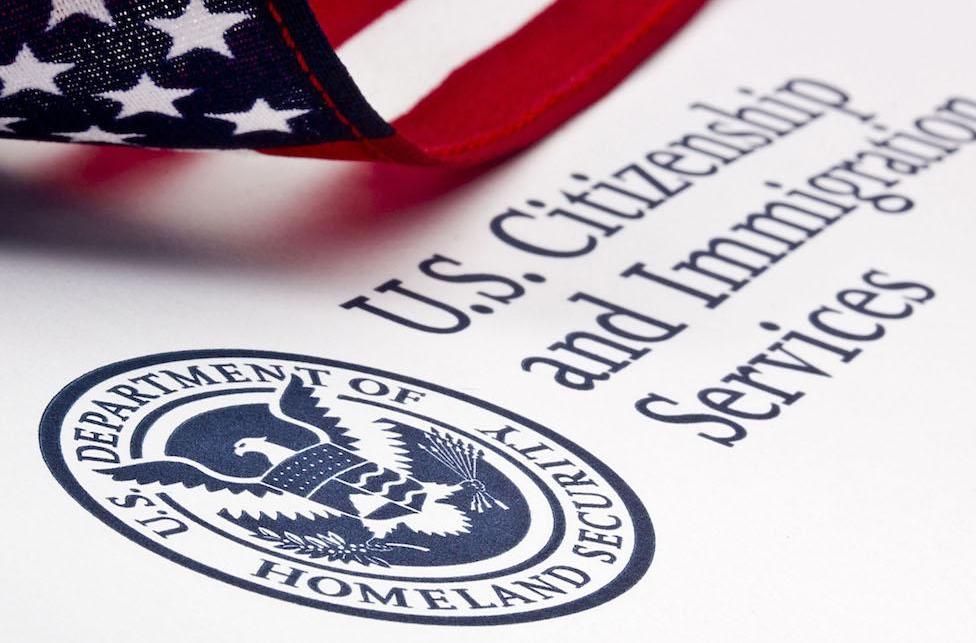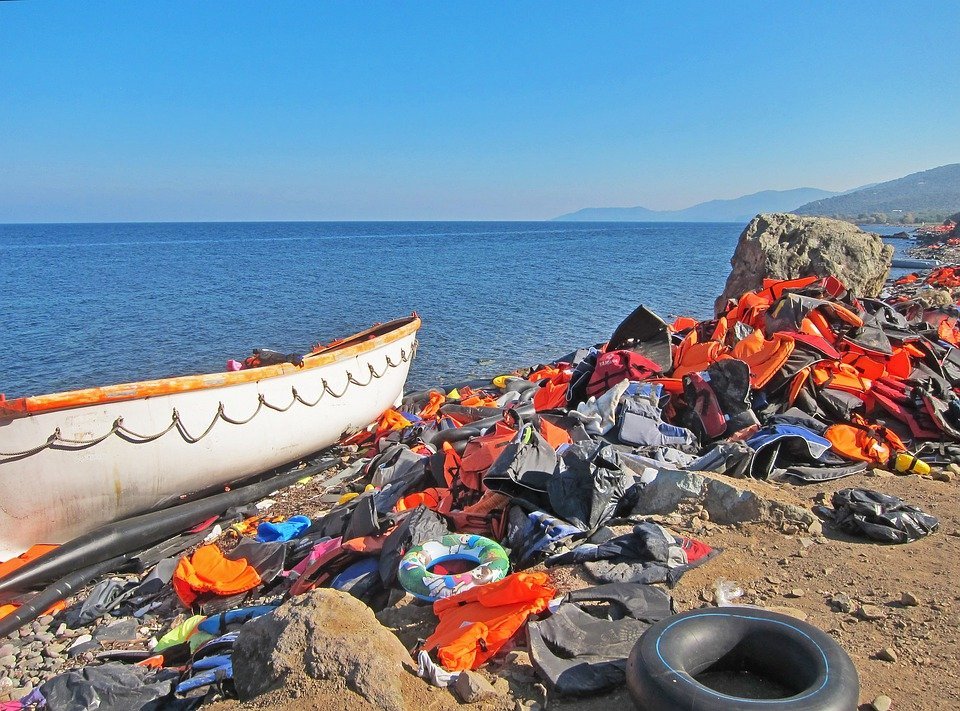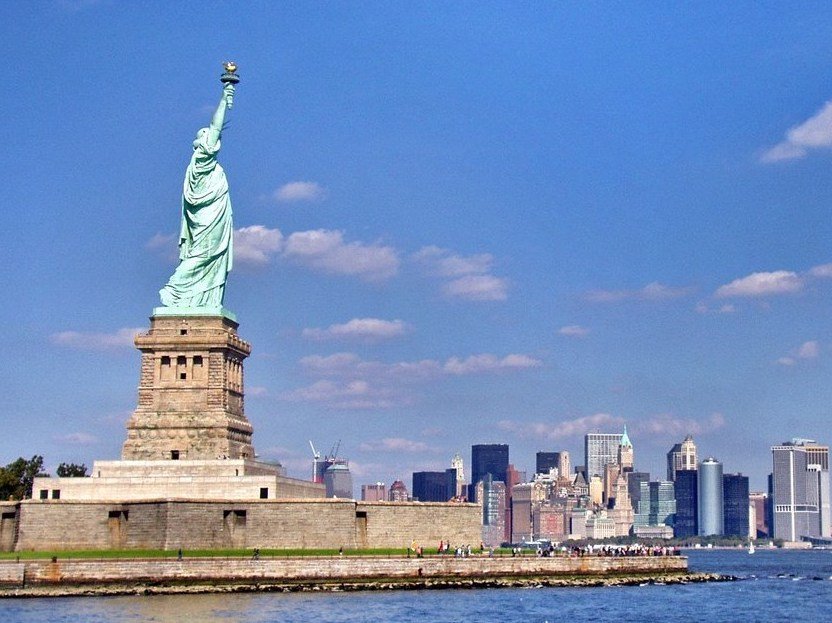U.S. Refugee Admissions Program
The U.S. Refugee Admissions Program (USRAP) was officially founded in 1975 and formalized under the 1980 Refugee Act - since then, the United States has welcomed over 3 million refugees.
Refugee resettlement in the United States has always depended on strong partnerships between international organizations, various U.S. Government agencies, and a whole host of faith-based organizations, NGOs, and community actors. In fact, refugee resettlement to the United States didn’t start through a formal government program. Rather it was primarily the work of concerned citizens who took it upon themselves to assist individuals fleeing fascist governments in Germany, Italy, and Spain. Today, successful resettlement still depends heavily on community members who tutor children from a refugee background, churches that donate used furniture and support families after they first arrive, local employers who accommodate language differences for refugee hires, and grass-roots organizations that help refugees feel welcome by organizing soccer teams and neighborhood potlucks.
There are an estimated 65.5 million individuals in the world who have been forcibly displaced because of conflict, violence, or human rights violations. In order for an individual to come to the United State through the refugee admissions program, they must first register with the United Nations High Commissioner for Refugees (UNHCR) and pass the UN screening process in order to receive official refugee status. In some countries, this process is handled directly by a national government agency rather than UNHCR. A small subset of refugees is then referred to the United States for resettlement – this group is selected to match U.S. government priorities (family reunification, regional pledges, support for individuals who assisted U.S. military personnel overseas).
The U.S. government typically contracts a 3rd party to assist with this screening process – in many cases, the International Organization for Migration. This agency reviews information provided by UNHCR (fingerprints, iris scans, biographical data and medical examinations) and conducts an in-person interview with hopeful applicants. This information is sent directly to the Department of Homeland Security (DHS). DHS interviewers then visit regional processing centers and conduct a second in-person interview with applicants. Information is used to complete a number of thorough background checks, and finally DHS officers return and conduct a third interview with applicants. The entire process typically takes two years, but can also take much longer depending on resettlement quotas and the background checking process. If a family is selected for resettlement, they are then offered a federal loan that pays for their one-way plane tickets to the United States (they pay this money back to the U.S. Government in a series of installments), and when they land in the United States they are passed off to one of nine NGOs that assist with resettlement.
Resettlement is only a long-term solution for a very small percentage of the world’s displaced population. UNHCR estimates that in 2018, 1 in every 500 officially registered refugees was offered an opportunity to be resettled (UNHCR, 2019).
Historically, refugee resettlement was seen as a bi-partisan issue – a program that unanimously received support from representatives from both parties. It enabled the U.S. government to protect individuals who assisted American military overseas. It allowed U.S. permanent residents and citizens to apply for family members still stuck in war-torn countries and conflict zones. It demonstrated our commitment to human rights and supporting war’s most vulnerable victims – approximately 50 million children who have been forcibly displaced (UNICEF, 2019). Recently, however, the program has become a focal point for the national immigration debate. President Trump significantly reduced the refugee admissions cap after taking office in January 2017, and in September 2019, he announced that the cap would be set at 18,000 (a sharp decrease from the 110,000 spots offered to forcibly displaced people in 2016). Many of these 18,000 spots are already allocated – 4,000 to Iraqis who served the U.S. Military, 1,500 to people from Central America, 5,000 for those persecuted on the basis of religion, and 7,500 for those seeking family reunification. That leaves very little room for vulnerable population groups who do not fit into these categories.
Please check out the following resources to learn more about the U.S. Refugee Admissions Program!
Five Centuries of New Americans
An animated origin story explaining the U.S. Refugee Admissions Program and its impact on the United States – created May 2018
ILLUSTRATED BY KULSUM EBRAHIM @ktebrahim
SCRIPT WRITTEN BY ALANA MUPRHY
READ BY ALANA MURPHY AND WES ESPINOSA @wEspinosamusic

The U.S. Citizen and Immigration Services website has updated information on refugee eligibility determination and the refugee screening process.
Overseas processing is managed by the
U.S. Department of State's Bureau of Population, Refugees, and Migration. They publish an annual report on Proposed Refugee Admissions, and send out updates to subscribers regarding policy changes.


UNHCR has a lot of information about refugee resettlement to the United States and other countries including Australia and Canada. Check out this sweet info graphic breaking down the resettlement process.
The Refugee Processing Center provides reliable information about resettlement, including detailed charts and graphs tracking admissions data. If you want to view historical arrivals broken down by receiving state or origin country - this is the website for you!

